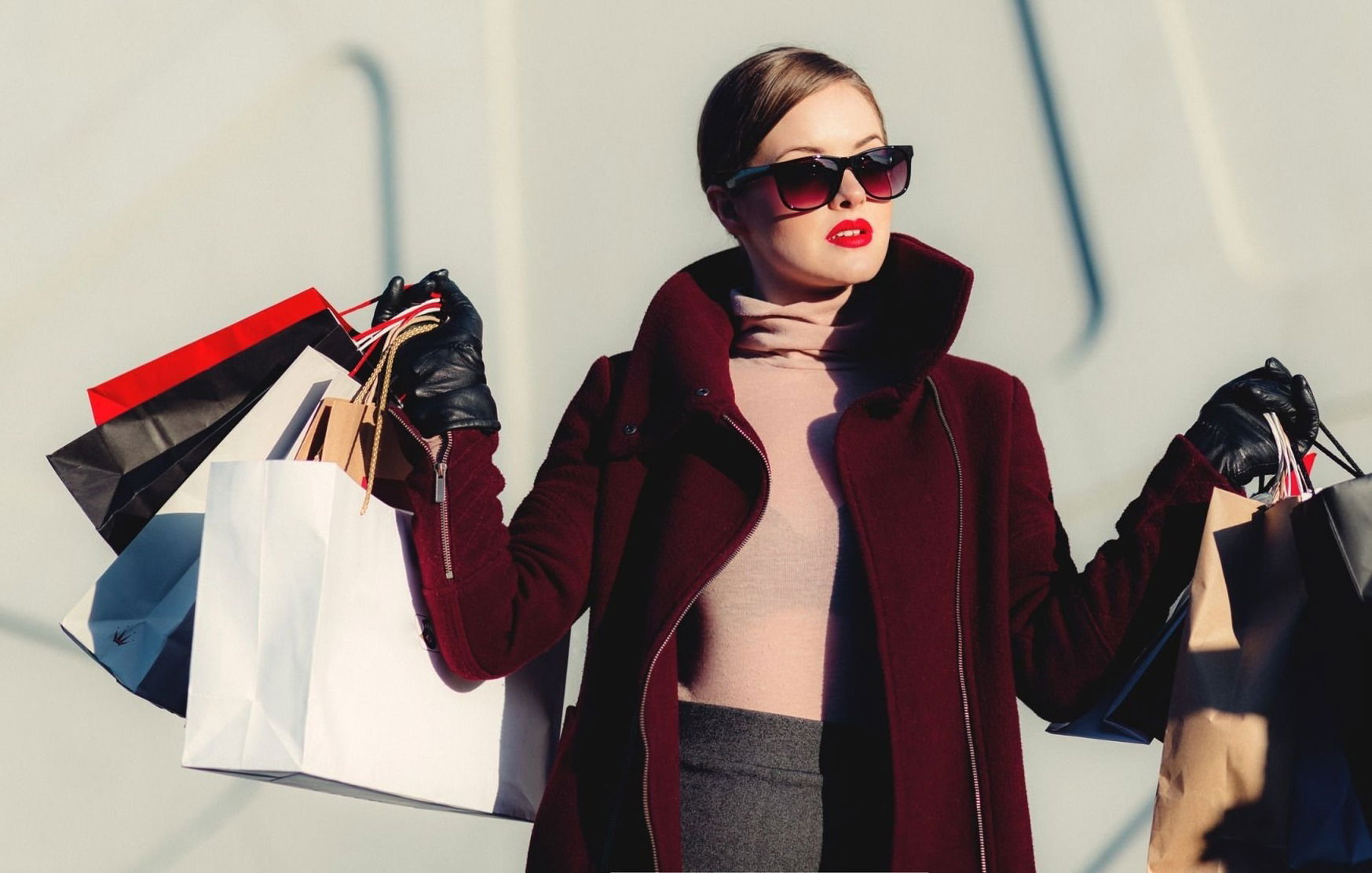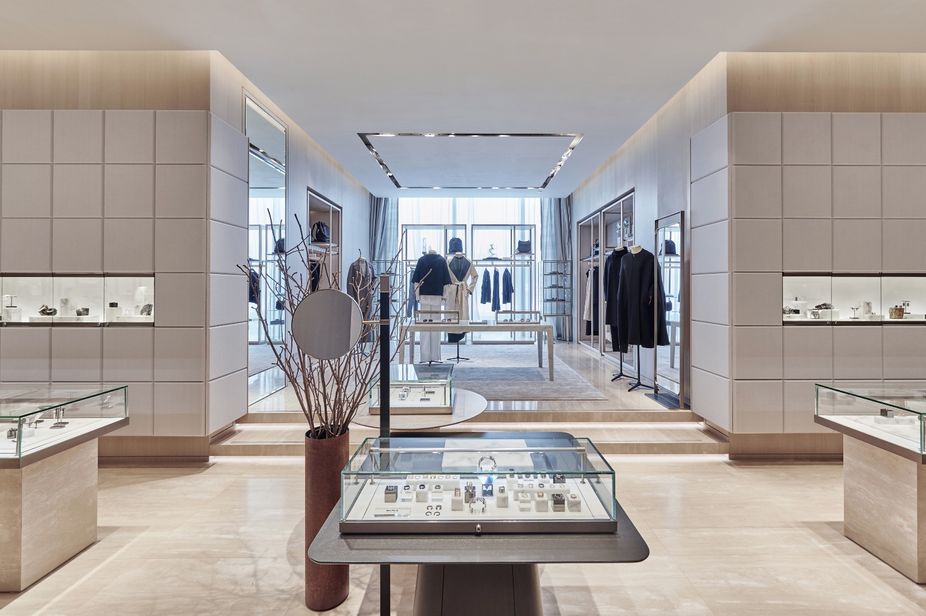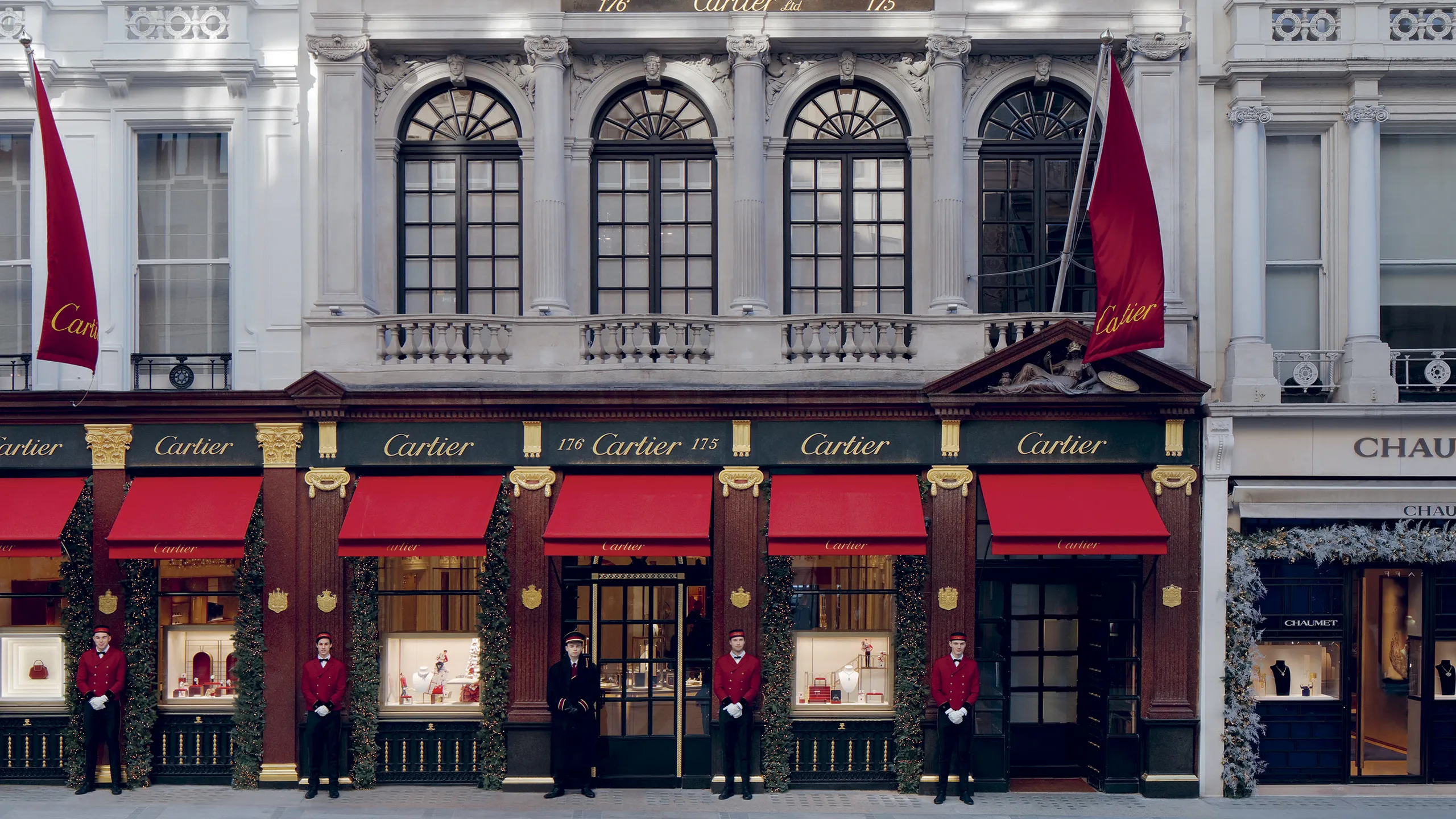What is driving the luxury market?
By Prof. Robert Somogyi
From a practical perspective, luxury products are not a necessity for our basic needs, such as food, shelter, and clothing. However, luxury products can offer emotional and psychological benefits, such as a sense of status, exclusivity, and pleasure. They can also represent a form of self-expression, personal style, and creativity.
For some consumers, purchasing luxury products can also be a way to reward themselves for their hard work and achievements, or to celebrate special occasions. In some cultures, luxury products may also have a symbolic value or be considered a form of social currency.
However, it is important to note that the pursuit of luxury products can also have negative consequences, such as financial strain, social comparison, and environmental impact. It is important for individuals to consider their own values, priorities, and financial situation when making decisions about purchasing luxury products, and to make informed and responsible choices.
At the end of the day, luxury products are not a necessity for our basic needs, but they can provide emotional and psychological benefits and be a form of self-expression and creativity. However, it is important for consumers to be mindful of the potential negative consequences of pursuing luxury products and make responsible choices.

The luxury market refers to the segment of the retail industry that sells high-end, high-quality products and experiences that are typically associated with prestige, exclusivity, and a higher price point than typical consumer goods. This includes luxury fashion, accessories, jewellery, watches, cosmetics, fragrances, cars, yachts, private jets, real estate, and hospitality services.
The size of the luxury market varies depending on the source and the definition used. According to a report by Bain & Company, the global luxury market was valued at €1.08 trillion ($1.26 trillion) in 2019, and it is expected to reach €1.30 trillion ($1.52 trillion) by 2025. The same report defines the luxury market as consisting of personal luxury goods, including fashion, accessories, jewellery, watches, and beauty products.
Another report by Statista estimates the global luxury goods market to be worth $351 billion in 2020, with fashion and leather goods being the largest segment, followed by luxury cars, and watches and jewellery. It's worth noting that the definition of luxury is subjective and varies by culture, time period, and individual preferences. The size of the luxury market is also affected by global economic conditions, consumer behaviour, and trends in the retail industry.

The luxury market is highly competitive, with many brands vying for the attention and wallets of affluent consumers. Here are some of the biggest players in the luxury market:
- LVMH (Louis Vuitton Moet Hennessy): LVMH is the world's largest luxury conglomerate, with over 75 brands in its portfolio, including Louis Vuitton, Dior, Fendi, Givenchy, and Bulgari.
- Richemont: Richemont is a Swiss luxury group that owns brands such as Cartier, Van Cleef & Arpels, Montblanc, and Dunhill.
- Kering: Kering is another large luxury conglomerate, with brands such as Gucci, Saint Laurent, Bottega Veneta, and Balenciaga.
- Chanel: Chanel is a privately-owned French luxury brand that specializes in high-end fashion, beauty, and fragrances.
- Hermès: Hermès is a French luxury brand known for its leather goods, scarves, and watches.
- Prada: Prada is an Italian luxury brand known for its fashion, leather goods, and accessories.
- Rolex: Rolex is a Swiss luxury watchmaker known for its high-quality and prestigious timepieces.
- L'Oreal: L'Oreal is the world's largest cosmetics company, with a portfolio of over 30 brands, including luxury brands such as Lancôme, Giorgio Armani Beauty, and Yves Saint Laurent Beauty.
These brands are just a few examples of the biggest players in the luxury market, but there are many more that are also significant players in the industry.

Who is spending the most on luxury products?
Many countries have seen an increase in spending on luxury items, but one country now stands out as the world's biggest spender on luxury goods per capita: South Korea. According to analysts from Morgan Stanley, South Korea's spend on luxury goods saw a 24% increase in 2022 to €15.4 billion or about €300 per capita.
South Korea is a significant market for luxury products, particularly in the beauty and fashion sectors. According to a report by Euromonitor International, South Korea was the fifth-largest market for luxury goods in Asia-Pacific in 2020, after China, Japan, Hong Kong, and Taiwan.
South Korean consumers are known for their interest in high-quality products and their willingness to spend on luxury brands. The country has a large and growing middle class with increasing disposable income, which has fuelled demand for luxury goods.
In particular, South Korea is a major market for luxury beauty products, with a strong emphasis on skincare. Korean consumers are known for their focus on skincare and are willing to spend on high-end products from brands such as Amorepacific, LG Household & Health Care, and L'Oreal.
In addition to beauty, South Korean consumers are also interested in luxury fashion, accessories, and electronics. Luxury brands such as Chanel, Gucci, Louis Vuitton, and Hermes have a strong presence in South Korea, and the country has become an important market for luxury e-commerce platforms such as Farfetch and Net-a-Porter.
Overall, South Korea's luxury market is expected to continue growing in the coming years, driven by a combination of factors, including a growing middle class, increasing disposable income, and a strong interest in high-quality products and experiences.
The luxury market is driven by a combination of factors, including changes in consumer behaviour, shifts in global economic conditions, and the influence of technology and social media. One significant factor driving the luxury market is the growth of the global middle class, particularly in emerging markets such as China and India. As more people have disposable income, they are increasingly interested in luxury goods and experiences.
Another factor is the increasing demand for personalized and unique luxury products. Consumers are looking for items that are not mass-produced and have a higher level of craftsmanship and quality. Technology and social media are also playing a significant role in the luxury market. Social media platforms have made it easier for luxury brands to connect with consumers and promote their products. Additionally, technology has made it possible for luxury brands to offer new and innovative products, such as wearable technology and smart devices.Finally, the COVID-19 pandemic has also impacted the luxury market. As travel restrictions and lockdowns have limited consumers' ability to travel, they have shifted their spending to luxury goods and experiences in their own countries. This has led to a surge in demand for local luxury products and experiences.
The most bought luxury item can vary depending on the region, category, and time period in question. However, some of the most commonly purchased luxury items globally include:
- Leather goods: Luxury leather goods such as handbags, wallets, and belts are popular purchases among consumers. Brands such as Louis Vuitton, Gucci, and Hermes are known for their high-quality leather products.
- Fashion and apparel: Luxury fashion items such as clothing, shoes, and accessories are also popular purchases. High-end fashion brands such as Chanel, Dior, and Prada are known for their luxurious designs and high-quality materials.
- Watches and jewellery: Luxury watches and jewellery are often considered investment pieces and are popular purchases among consumers looking for high-end accessories. Brands such as Rolex, Cartier, and Tiffany & Co. are known for their prestigious timepieces and jewellery designs.
- Beauty and fragrance: Luxury beauty and fragrance products are also popular purchases, particularly in the Asian market. Brands such as Chanel, Dior, and Estée Lauder are known for their high-quality skincare and makeup products.
- Home decor and furnishings: Luxury home decor and furnishings such as furniture, lighting, and decor items are also popular purchases among affluent consumers. Brands such as Fendi Casa, Hermes Maison, and Versace Home are known for their luxurious designs and high-quality materials.
Overall, the most bought luxury item can vary depending on personal preferences, trends, and cultural differences, but leather goods, fashion and apparel, watches and jewellery, beauty and fragrance, and home decor and furnishings are all common luxury purchases.
